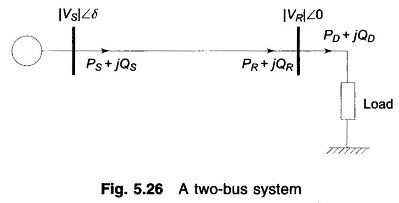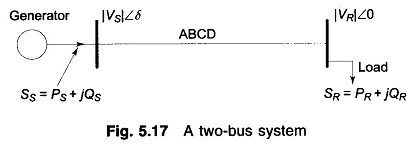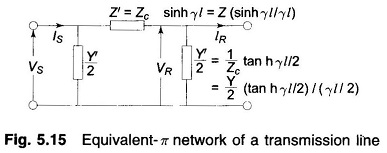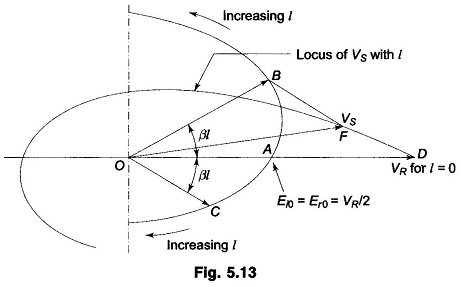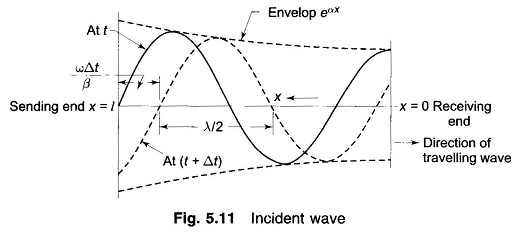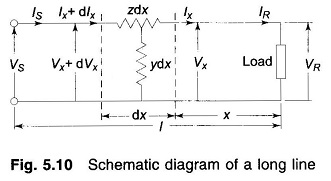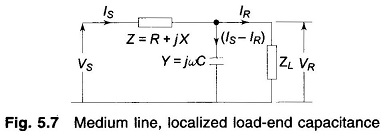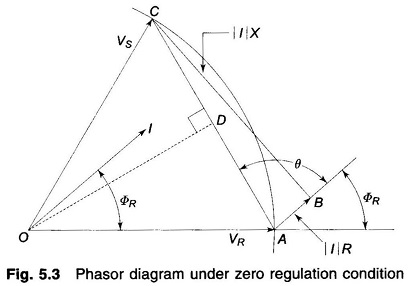Series and Shunt Compensation of Transmission Lines
Series and Shunt Compensation of Transmission Lines: The performance of long EHV AC transmission systems can be improved by reactive compensation of series or shunt (parallel) type. Series capacitors and shunt reactors are used to…
